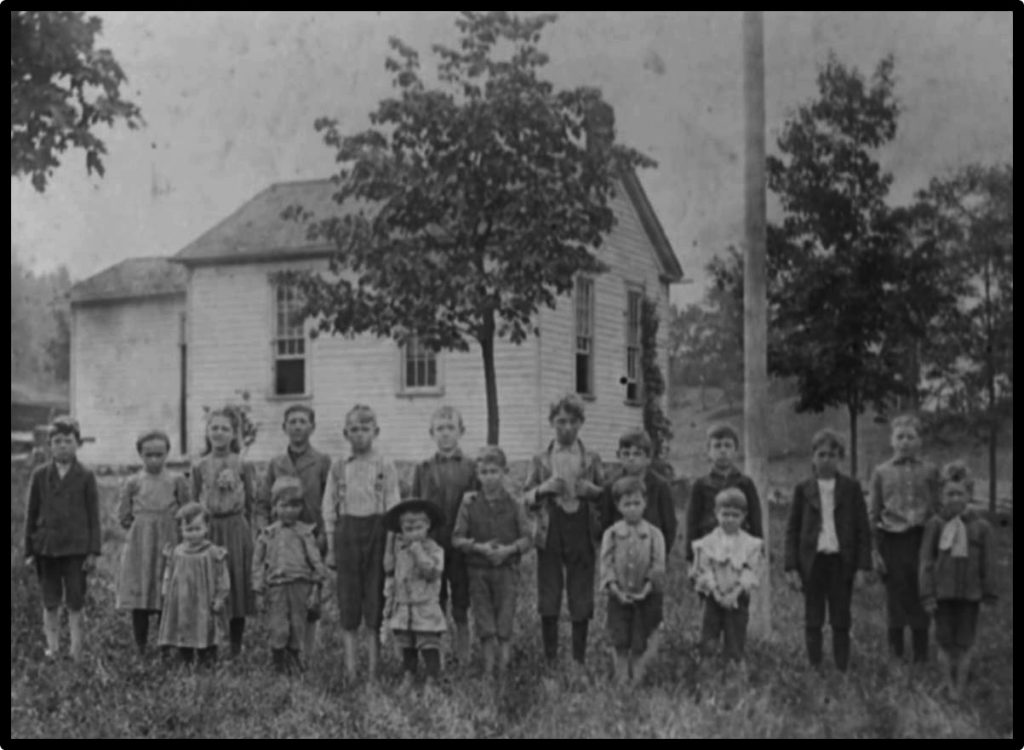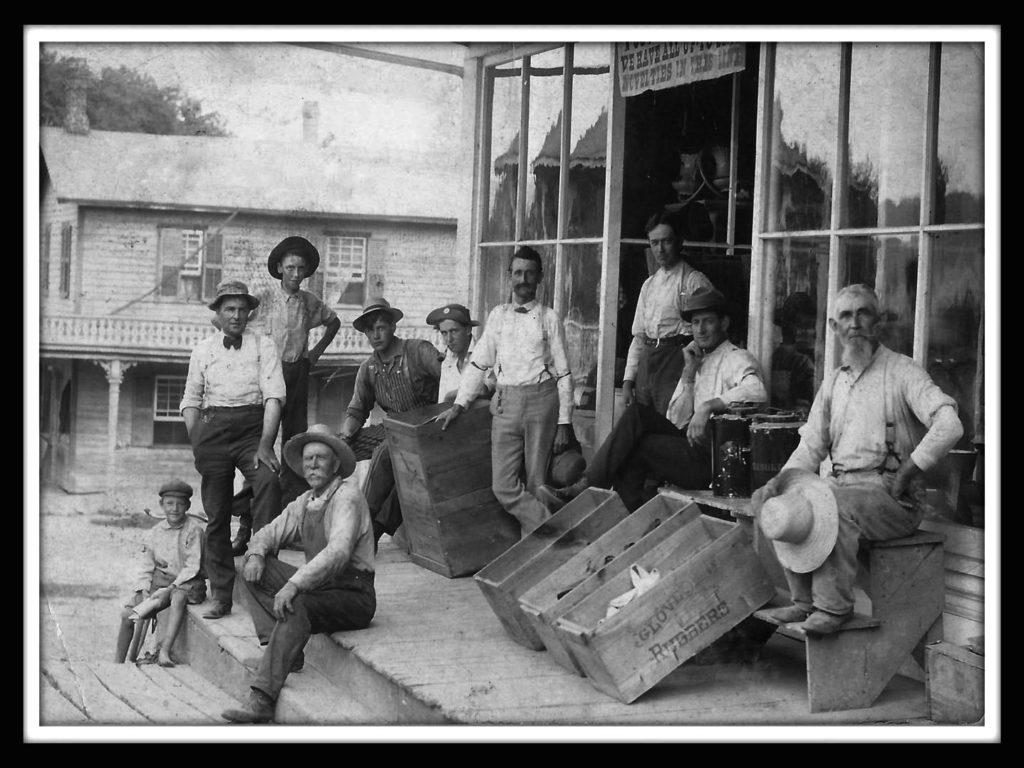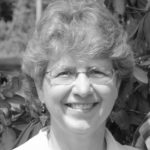Richmond History:Interview with … Hugh Drain
by Joy Lewis –
Hugh Drain was one of five children born to Irishman Sam Drain and his wife Annie Kennedy of Honeoye. In his early twenties Hugh married Gertrude Rogers (1901-1992) and moved to Hemlock where they had a home on Main Street. For nearly four decades Mr. Drain owned and operated the hardware store in Hemlock. Their only son, Carl, was killed during World War II. Hugh’s brother Rexford owned the Red and White Grocery Store in Honeoye during the 1920s and thirties.
On September 16, 1965, Hugh was just short of sixty-seven years old when he was interviewed by a member of the Honeoye Historical Society regarding his childhood years in Honeoye. (Neither the tape nor the transcription identifies the interviewer.) What follows are excerpts of that interview. The questions asked of him are not included in the transcription. The speaker is Hugh Drain, with an occasional remark from his wife, Gert.
Joy Lewis,
Richmond Town Historian

As a boy I lived next door to Tom Blackmer. I spent more time there than we did at home because they had a nice sand pile near the oldest tree on the corner. We used to go over to [the lake] to go swimming. We were brought up to respect people’s property. We were always instructed to ask Mr. Pennell if we could go across his property. Invariably he’d give us the same answer: “Yep. Yep. Don’t spill water all over on the land.” We’d go down to Morrows’ boat house, take off our clothes, and give a run. That was our swimming suit – we never had one.
I went to the school on the corner [of Main Street and Allens Hill Road] through sixth grade. I have a picture of the old schoolhouse, but I can’t tell all those who were in the picture. On the East Lake Road, across from where the [service] station is today, we’d go barefoot and the dust would be so thick. It felt cool and nice going between our toes.

There was a bandstand on the corner where you go up West Lake Road in the village. We could sit home at night when they’d have band concerts and if the wind was right we could hear the band playing even though it was a mile [away].
At that time [about 1910] there were two hardware stores [on Main Street], George Deyo’s [on the south side of the road, just west of West Lake Road] and Roll Knapp in what [was once] Ace’s Restaurant. [In that same building], some time back, was a barber shop conducted by Frank Allen, better known to the old timers, as Dinky Allen.
What is [now] Angelo’s barber shop used to be Henry Killips’ blacksmith shop and at the same time, Menihan ran a blacksmith shop across the bridge [where the library is located today]. Later, after the [village] blacksmith shop closed, George Buckalew had a Ford Agency there. I can recall Bayles and Lambert running a jewelry store in Honeoye.
One of the outstanding stores was Gilbert’s. Merchants would buy their cheese a year ahead and tea ahead and it would be stored upstairs. I worked for Ned Gilbert. His father E. W. ran the store before Ned did. Ned always had three or four boxes of oranges around at different prices. E. W. would come in and shrug his shoulders. He was a small straight man – not very broad shoulders. “Eh, eh. He’s gonna get caught with those different prices some day,” he’d say.
I met my wife [when] she was working in Gilbert’s home in Honeoye. I had a model T Ford that had nothing on it but a gas tank.
Gert Drain adds her two cents’ worth: “He used to come down and get me and we’d go fishing on the ice on the lake. We’d go the whole length of the lake on that old car. We’d put out the bobbers and in the morning go up and run the lines. Do you remember, Hugh, when we went sliding down that big old hill at Mother Drain’s? You threw me in the rose bushes and Mother thought you’d killed me.”
Hugh resumes: I guess I got it for that, didn’t I! Mother [sure] went after me!
[There was] a meat market on West Main Street; the market was in the basement. Tom Allen ran a meat market, too, south of there. I never think of Tom Allen, but what I think of how he was always swapping horses. He would get one and it would be lame or something and he’d tie it under the bridge where it would have to stand in the water to take the soreness out. Tom would say, “Yes, sir, she’s a good looker and high hooker. They’re all good, but some are better than others. That’s been my experience with them,” Tom says.
[The grocery stores in town] all bought butter and eggs [from area housewives]. We had to test the butter by pushing it down in the bottom of the jar and turning it so you could see it. Sometimes it would be two different colors. A lady who made good butter, like Mrs. Buck in Canadice, they’d give her more than ten cents for her butter. There was always a ready market for it.
Meyers had a big sawmill in the gull at the head of the lake. It’s known today as Meyer’s Gull. There was a railroad into the gull that brought the logs and lumber down. It had to be transported to Hemlock. It was not uncommon to see a steam engine, or a team of horses, drawing a couple loads of lumber behind it. That was the only way they had to get it to market at Hemlock.
There were hop yards along Honeoye Lake: one at Hamiltons and one at Kellys and I spent many days on the lakeshore with my mother when she was picking hops. I recall one noon when Ollie Hamilton rode a horse down [to the lake] and rode it out to where it had to swim – never have seen it before or since.
It was a great treat at our house to get together on Sundays. When we did we’d have a sing. I bought a Victrola and some of the songs I still remember:
Oh, it’s nice to get up in the morning
When the sun begins to shine.
At five or six o’clock in the good old summer time.
’Cause when the snow is snowing
And it’s murky overhead,
Oh, it’s nice to get up in the morning,
But it’s nicer to lie in bed.
This is the second in a recent Richmond History interview series with Joy Lewis: See a previous interview with Morey Ashley at https://www.owllightnews.com/richmond-history-interview-with-morey-ashley/
 Joy Lewis has been the Town of Richmond Historian since 2013. For town of Richmond history you can contact the Historian by Phone: 585-229-1128;
Joy Lewis has been the Town of Richmond Historian since 2013. For town of Richmond history you can contact the Historian by Phone: 585-229-1128;
or Email: historian@townofrichmond.org